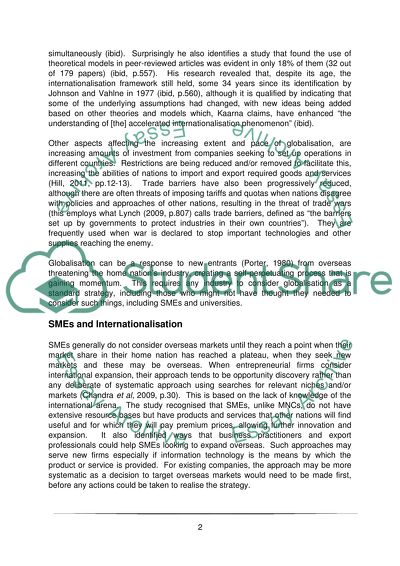Cite this document
(“Internationalization in general and the internationalization of Essay”, n.d.)
Retrieved from https://studentshare.org/environmental-studies/1406248-internationalization-in-general-and-the
Retrieved from https://studentshare.org/environmental-studies/1406248-internationalization-in-general-and-the
(Internationalization in General and the Internationalization of Essay)
https://studentshare.org/environmental-studies/1406248-internationalization-in-general-and-the.
https://studentshare.org/environmental-studies/1406248-internationalization-in-general-and-the.
“Internationalization in General and the Internationalization of Essay”, n.d. https://studentshare.org/environmental-studies/1406248-internationalization-in-general-and-the.


